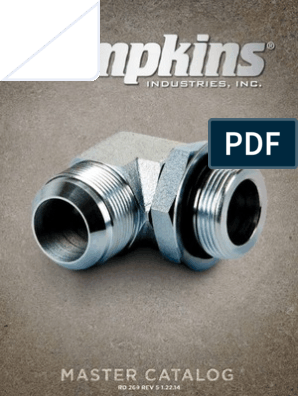0% found this document useful (0 votes)
6 views20 pagesModule 2 - Unit I - Forging
The document provides an overview of metal forming processes, categorizing them into bulk and sheet metal forming, and detailing various techniques such as forging, rolling, extrusion, and drawing. It discusses the principles of plastic deformation, the advantages and disadvantages of cold, warm, and hot working, and specific methods like open die and closed die forging. Additionally, it covers the equipment used in these processes, including hammers, presses, and dies, as well as the importance of design considerations in forging operations.
Uploaded by
Yash DhandhukiaCopyright
© © All Rights Reserved
We take content rights seriously. If you suspect this is your content, claim it here.
Available Formats
Download as PDF, TXT or read online on Scribd
0% found this document useful (0 votes)
6 views20 pagesModule 2 - Unit I - Forging
The document provides an overview of metal forming processes, categorizing them into bulk and sheet metal forming, and detailing various techniques such as forging, rolling, extrusion, and drawing. It discusses the principles of plastic deformation, the advantages and disadvantages of cold, warm, and hot working, and specific methods like open die and closed die forging. Additionally, it covers the equipment used in these processes, including hammers, presses, and dies, as well as the importance of design considerations in forging operations.
Uploaded by
Yash DhandhukiaCopyright
© © All Rights Reserved
We take content rights seriously. If you suspect this is your content, claim it here.
Available Formats
Download as PDF, TXT or read online on Scribd
/ 20












































































